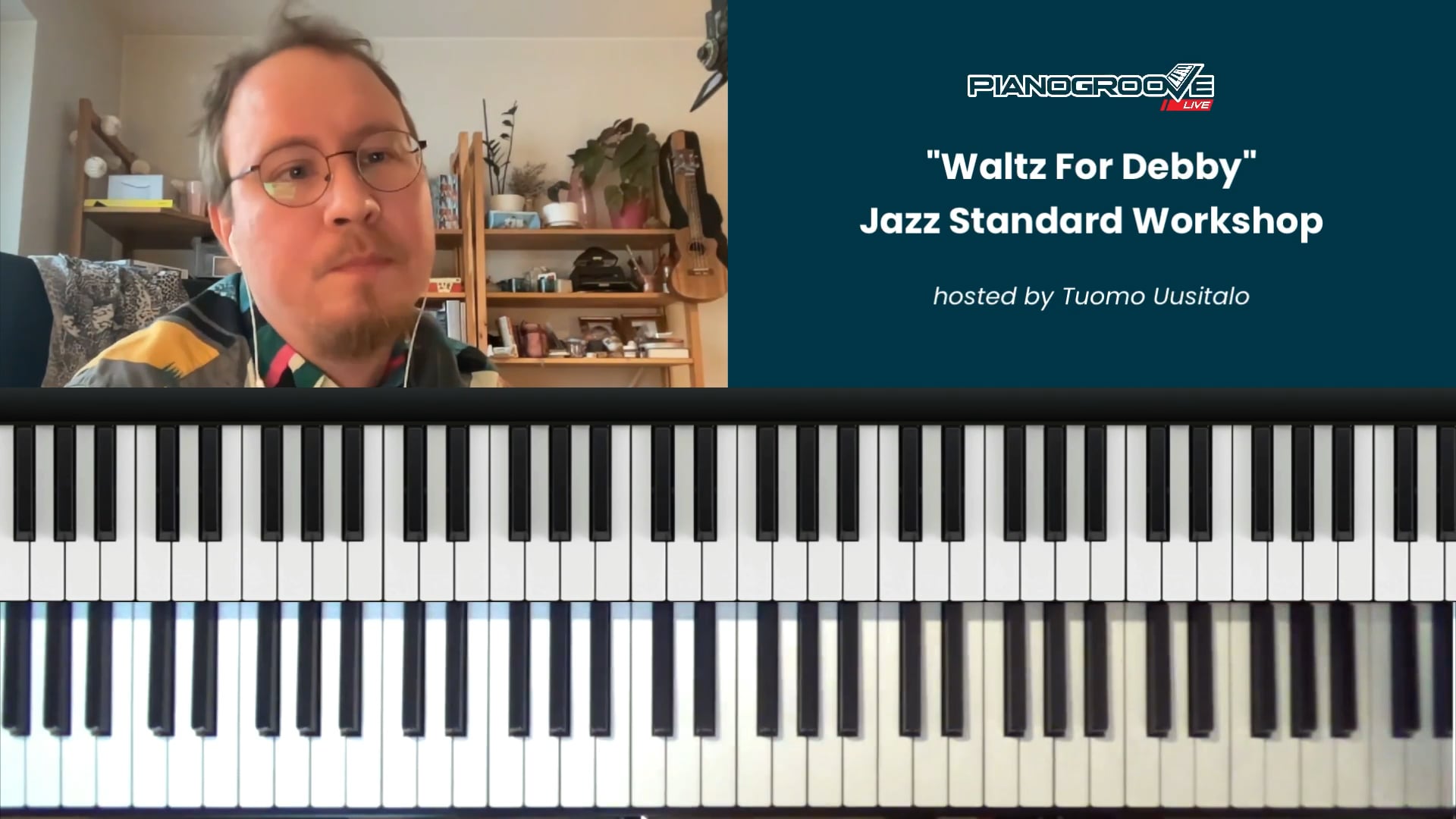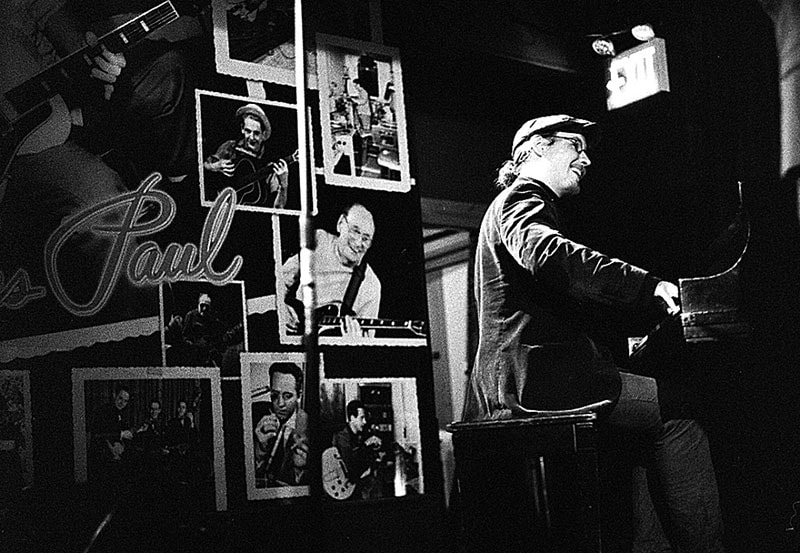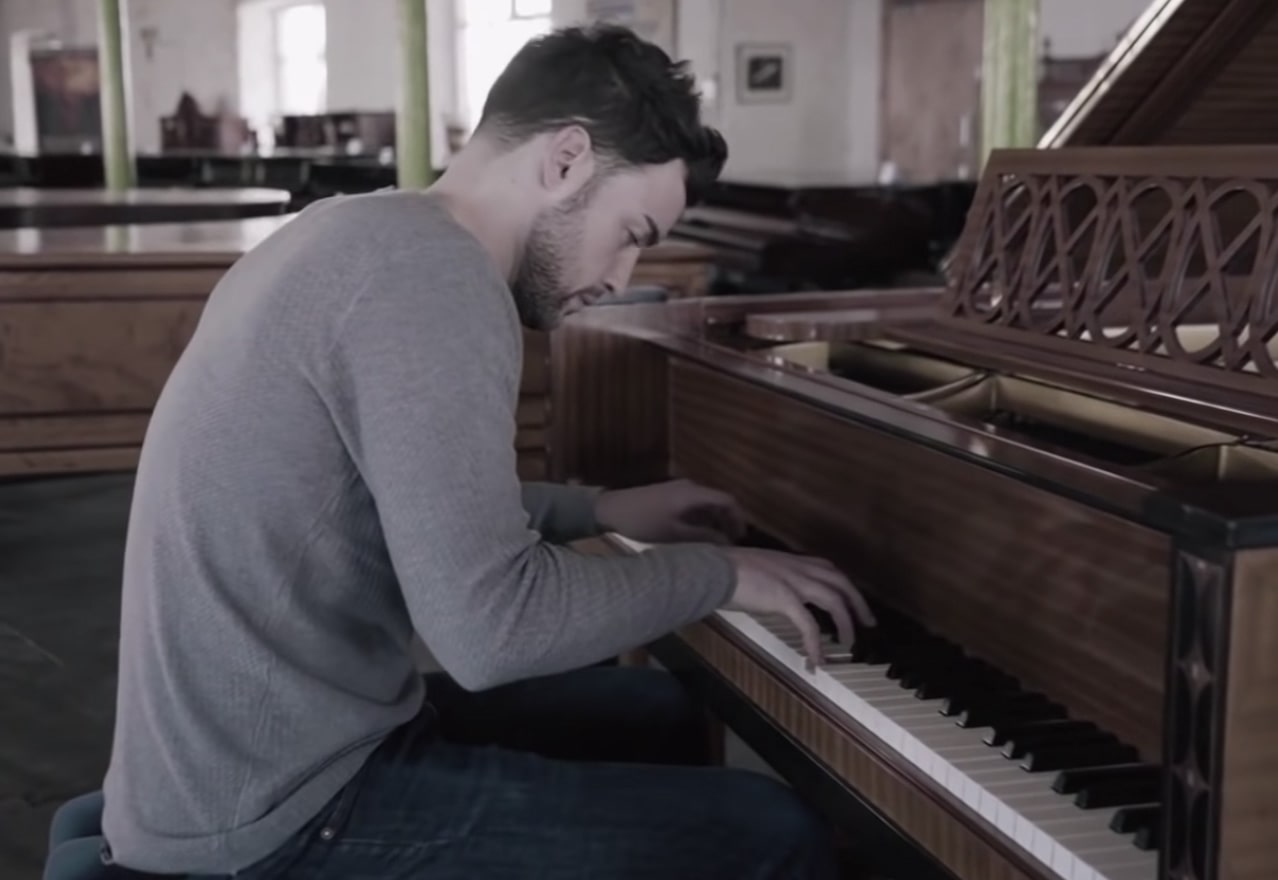

Tuomo Uusitalo
Tuomo is an award-winning pianist, composer, arranger and educator. Having released two albums as a leader, he has established himself in the New York jazz scene and continues touring internationally both as a leader as well as sideman.
Live Seminar Resources
Live Seminar Resources
PDF Downloads
- Workshop Handout
Join PianoGroove Pro to access all downloads and learning resources.
Download theory supplements, midi files, chord changes and full note-for-note transcriptions of every lesson.
- 'Waltz For Debby' Score
Join PianoGroove Pro to access all downloads and learning resources.
Download theory supplements, midi files, chord changes and full note-for-note transcriptions of every lesson.
- 'Waltz For Debby' Transcription
Join PianoGroove Pro to access all downloads and learning resources.
Download theory supplements, midi files, chord changes and full note-for-note transcriptions of every lesson.
Related Lessons
Seminar Description
Seminar Description
In this Zoom workshop we explore the song, melody, and harmony, as well as listening different versions of this brilliant piece. We also examine a transcription of Bill Evans solo piano version.






For the seminar handouts and PDF files, please see the “Seminar Resources” in the bottom right hand corner of the page.
Cheers, Hayden
This is a question for Tuomo. Do you routinely write out arrangements (Like Waltz for Debby) for tunes that you are playing, as opposed to just remembering how you want to play a tune?
Hi smbruker, thanks for writing!
When I want to add a song to my solo piano repertoire, I don’t write anything down, I usually noodle around with the theme, try out things harmonically, rhythmically etc, explore into what direction I want to take the song and so on. I do this for few days, and at that time usually I have found the “blue prints” to the arrangement. I kind of arrange a simple way of how to play the song, then I try to play the arrangement as often as possible, and let the arrangement evolve by its own. The “blue print” of the original arrangement stays always in the back ground somewhere, but I want to keep the options free to go to new directions, and this usually happens over time.
I have written arrangements out for education purposes, but in my own playing, I try to learn everything immediately by heart and avoid writing things down, as I have to memorize the arrangement anyway.
All the best,
let me know if you have any further questions!
-Tuomo